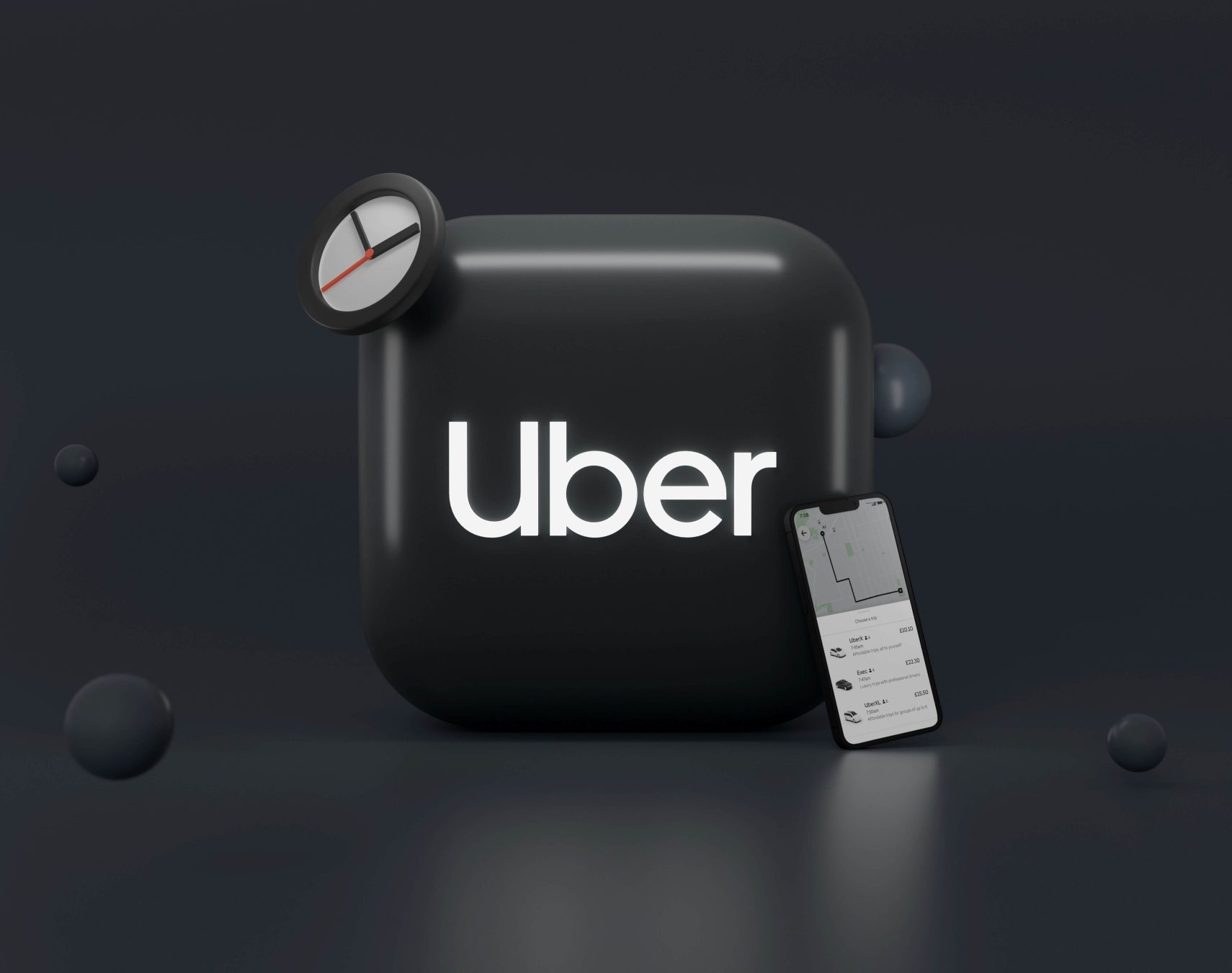Uber has completed its final appeal to the Supreme Court over whether its drivers are employees under the Employment Relations Act. A decision is expected in the coming months and could influence contractor rules and gig work across New Zealand.
The case follows rulings from lower courts that sided with drivers seeking employment status. A verdict is expected within months and could prompt widespread reclassification of contractors across industries.
Legal Clash Over Employment Status Reaches Final Stage
Claims from more than 900 Uber drivers seeking back pay have propelled the case to the Supreme Court, after earlier judgments concluded they were employees. Judges now face the task of dissecting section 6 of the Employment Relations Act, the statutory definition at the centre of the dispute.
Court Alignment on Outcome but Dispute Over Legal Reasoning
The Employment Court first determined that Uber drivers were employees during active app time. The Court of Appeal later identified flaws in how that decision was reached but left the outcome intact, stating the case reflected a “wrong approach, right result.”
Uber now challenges that conclusion before the Supreme Court, warning it could erode flexible work and business viability.
Uber Warns of NZ Exit as Legal Risks and Costs Mount
Uber has warned it may exit the New Zealand market if required to treat drivers as employees. Other gig-based platforms are monitoring the outcome closely, wary of setting a precedent that could apply to their operations.
More than 900 drivers have already filed claims with the Employment Relations Authority. The resulting liabilities could “run into the tens of millions.”
The drivers of Ubers currently enjoy the freedom to choose their own hours, work for multiple platforms, and operate in their preferred locations. A shift to employment could end that flexibility—one of the model’s key attractions.
Employment Classification Risks Prompt Exit Consideration
The prospect of Uber exiting the country has become real as the company faces mounting legal exposure. Over 900 drivers have filed claims for back pay—“a liability that could run into the tens of millions.” The platform argues that classifying drivers as employees would remove key benefits such as choosing work hours and operating across multiple platforms.
Corporate Responsibility and Legal Liability in Focus
The Uber case has raised new concerns about where legal responsibility begins and ends. The Tony Gibson precedent looms large, after the Ports of Auckland CEO was fined $300,000 despite having delegated safety duties.
Uber’s case is a turning point in how New Zealand approaches employment status. The ruling is likely to influence future legal standards and may prompt a policy response from the government.












